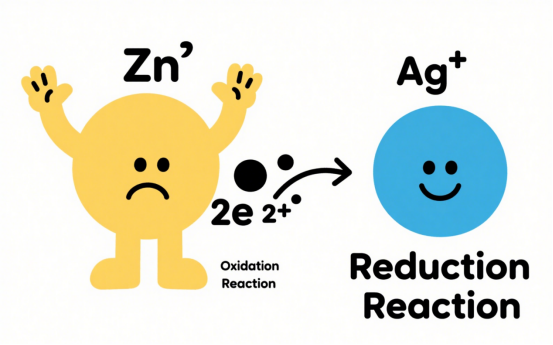Since an electronic tester cannot directly measure TDS, salinity, or specific gravity, the conventional method is to measure the electrical conductivity of the water. This is done by converting the EC into TDS, salinity, or specific gravity. So essentially, all four parameters have the same meaning.
EC measurements are affected by temperature, pressure, and the material used. Normal TDS testers cannot measure saltwater (high salinity). This is due to the fact that it is made of a titanium/aluminum alloy, which passivates directly at high salinity and thus cannot be measured.
Measuring electrical conductivity means measuring the migration rate of conductive ions in water. The conductivity changes when the concentration of ions changes, which changes the TDS, salinity, and specific gravity when the temperature remains constant.
As freshwater has a low ion concentration, the conductivity change will not be obvious even when water flow fluctuates greatly, so the salinity fluctuation will also be small.
Due to the large concentration of ions in saltwater tanks, even a small current can cause large fluctuations in conductivity. This in turn affects TDS, salinity, and specific gravity.
To summarize, if your purpose is to observe the change in parameters of aquatic organisms in a dynamic water environment, it is recommended to place the probe in a place where the water current is obvious. If you are using this as a reference, please try to place the probe where the water flow is more static.
Please place the probe in an area with low water flow for normal use.


